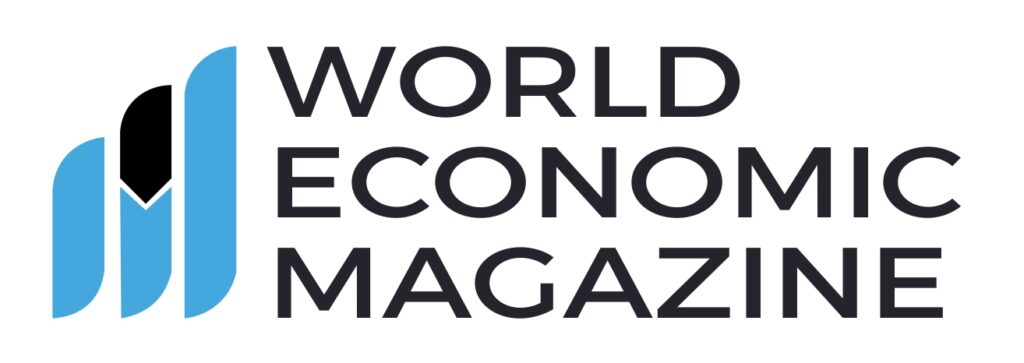
Canada’s Financial System: Resilient Yet Facing Emerging Risks
Canada’s financial system stands as a pillar of stability in a world marked by economic uncertainties. However, recent assessments by regulatory bodies highlight emerging risks that could challenge this resilience. While the system remains robust, vigilance and proactive measures are essential to navigate the evolving landscape.
Current Landscape: Stability Amidst Challenges
The Office of the Superintendent of Financial Institutions (OSFI) has identified several key risks in its latest reports. These include:
- Household Debt Levels: Elevated household debt continues to be a concern, especially in the face of potential interest rate fluctuations.
- Asset Valuations: Certain asset classes, particularly in real estate, are experiencing high valuations, which may pose risks if market conditions change.
- Cybersecurity Threats: Increasing digitalization has made financial institutions more susceptible to cyberattacks, necessitating enhanced security measures.
- Climate Change Risks: Financial institutions are being urged to assess and mitigate risks associated with climate change, including potential physical and transition risks.
Despite these challenges, OSFI emphasizes that the financial system’s core remains strong, with institutions maintaining adequate capital buffers and risk management frameworks.
The Role of the Bank of Canada
The Bank of Canada plays a pivotal role in maintaining financial stability. Its recent reports echo OSFI’s concerns, particularly regarding household debt and asset valuations. The Bank’s stress tests indicate that while institutions are generally resilient, vulnerabilities exist that could be exacerbated by external shocks.
Governor Tiff Macklem has highlighted the importance of maintaining a balance between economic growth and financial stability. The Bank’s monetary policies aim to support economic activity while ensuring that inflation remains within target ranges.
Global Economic Pressures
Canada’s financial system does not operate in isolation. Global economic conditions, such as trade tensions and geopolitical uncertainties, can have ripple effects. The International Monetary Fund (IMF) has cautioned about potential “disorderly” global market corrections, which could impact Canadian financial institutions with international exposures.
Additionally, the IMF’s Financial System Stability Assessment underscores the importance of maintaining strong regulatory frameworks to navigate these global challenges effectively.
Strategic Initiatives and Regulatory Actions
In response to identified risks, Canadian regulators are implementing several initiatives:
- Capital Requirement Adjustments: OSFI is considering adjustments to capital requirements to encourage banks to engage in more business lending, particularly to small and medium-sized enterprises (SMEs).
- Climate Risk Assessments: Collaborations between OSFI and other entities aim to enhance the financial sector’s understanding and management of climate-related financial risks.
- Cybersecurity Enhancements: Financial institutions are being urged to bolster their cybersecurity frameworks to protect against evolving digital threats.
These proactive measures aim to fortify the financial system against emerging risks while supporting economic growth.
Economist Perspectives
Economists generally view Canada’s financial system as resilient but acknowledge the emerging risks identified by regulators. They emphasize the importance of:
- Prudent Debt Management: Addressing high household debt levels through targeted policies can mitigate potential vulnerabilities.
- Market Monitoring: Continuous monitoring of asset valuations, particularly in real estate, is crucial to identify and address potential bubbles.
- Global Risk Awareness: Staying informed about global economic conditions and their potential impacts on the Canadian financial system is essential for timely responses.






